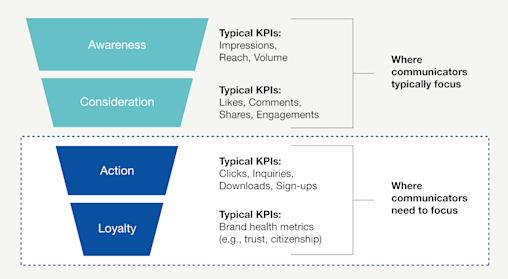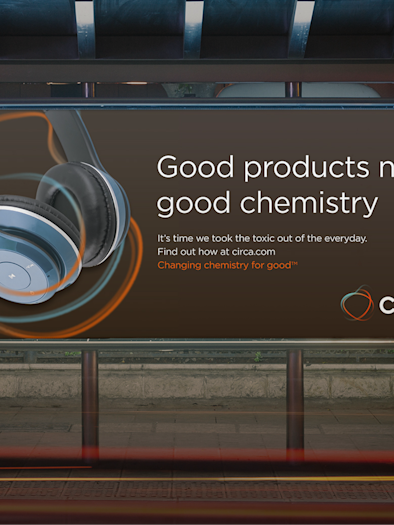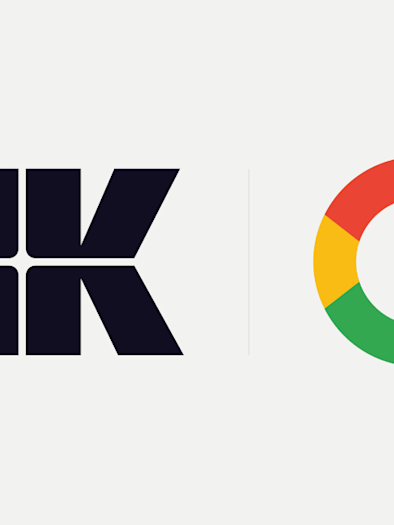
Measurement in a Crisis
Measurement in a crisis: Demonstrating ROI through quality engagement and long-term value. In the best of times, demonstrating return-on-investment (ROI) can be challenging for communicators. But in times of societal crises, when your audience has turned its attention towards the pressing issues of the day, how can brands continue to demonstrate the value of their communications?
COVID-19 has caused many consumer-facing brands to shift their communications away from content promoting their products or services to content focused on helping people during this challenging time. Smart brands have found ways to help people that relate to their core purpose, such as IKEA who encouraged people to #StayHome by reminding them beautiful moments can happen at home.
Companies and communicators who have adjusted their content focus in response to the ongoing pandemic need to adjust their measurement framework as well. To that end, communicators must keep two things in mind when approaching measurement: First, prioritize quality of engagement over quantity of engagement and, second, measure the impact of your communications longer-term.
Quality Over Quantity
In times of crisis, brands don’t have to be silent, but they do have to be more precise and sensitive with their communications. When our audiences feel anxious, communicators should prioritize quality engagement and two-way communication. Efforts that were going to be directed at creating new content should be refocused to help respond to inquiries or comments from customers and stakeholders.
Measuring the number of inquiries received and resolved can demonstrate the success of engagement initiatives. Communicators should also track the sentiment of these inquiries or comments, and, using this information, tailor their messaging to strike the appropriate tone with their audiences. These metrics, compiled using social media or customer assistance channels, can demonstrate how they helped keep audiences engaged and informed during a challenging period.
Long-Term Over Short-Term
The COVID-19 crisis is changing by the hour, but communicators need to take a longer-term approach to brand and reputation management. Companies should take a step back and consider how they can address the needs of their communities and demonstrate good corporate citizenship. There are already great stories circulating about brands shifting operations to manufacture critical supplies.
Labatt breweries in North America, for example, have adjusted their production lines to make hand sanitizer. They and other such brands could see an increase in traditional awareness metrics, but also an increase in brand trust. All brands should either have or establish measures to track brand health and should be utilizing these measures to demonstrate the value of communications activities.
As communications plans evolve to address the constantly changing environment in which we’re living, so too must our definition of success. Instead of using impressions or reach numbers to measure return on investment, communicators should focus on the quality of engagement with customer and stakeholders audiences as well as demonstrating good corporate citizenship during this prolonged period of need.










